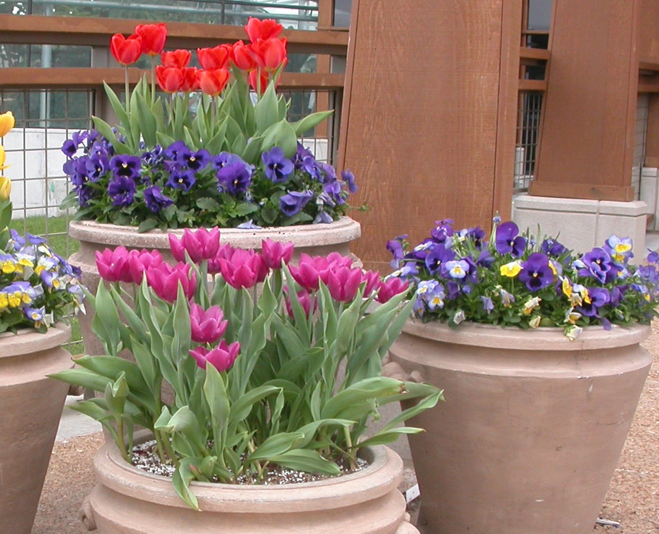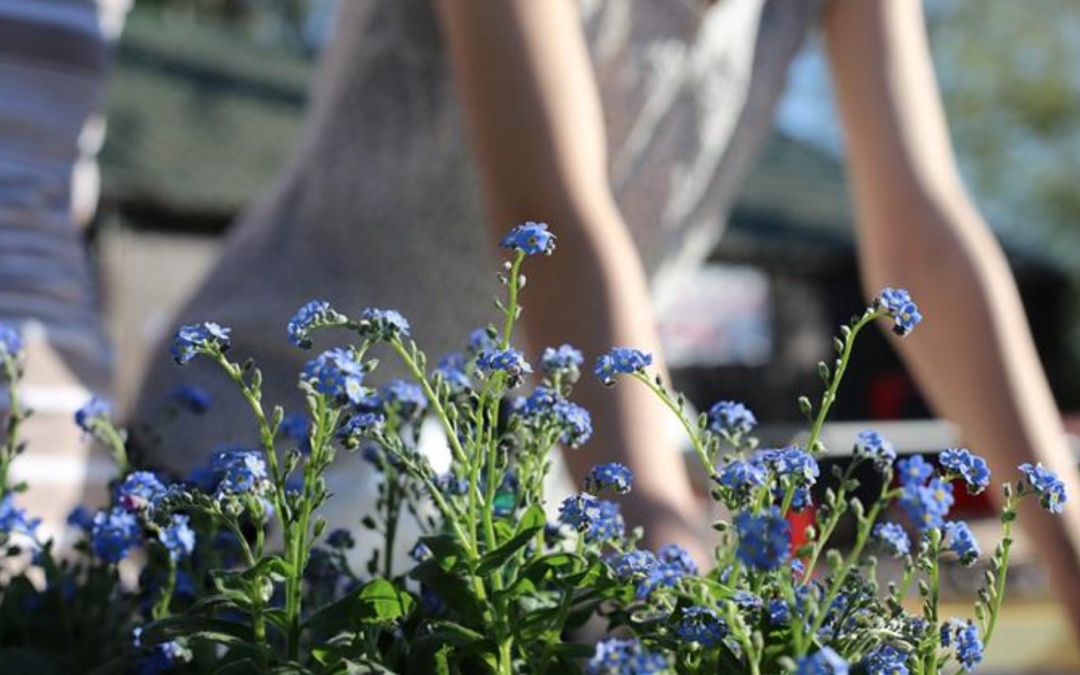As winter’s grip loosens and the first signs of spring emerge, gardeners across the region are eager to dig into a new growing season. The transition from dormant yards to active gardens requires thoughtful preparation and timely action. This guide outlines essential tasks to ensure your garden thrives from the earliest days of spring through the entire growing season, covering everything from soil testing to strategic planting schedules for various garden areas.
With proper planning and preparation, you can maximize your garden’s potential and minimize common seasonal challenges. Whether you’re an experienced gardener or just beginning your horticultural journey, these recommendations will help you establish healthy growing conditions, select appropriate plants, and implement maintenance practices that lead to a productive garden space throughout the coming months.
As winter fades, garden preparation becomes crucial for a successful growing season. Soil testing stands as the foundation of all garden planning, providing vital information about nutrient levels and pH that guide fertilization decisions. Early spring is ideal for collecting and submitting soil samples, ensuring you have results before active growth begins. Rather than guessing what your garden needs, let science direct your amendments for optimal plant health and productivity.
Garden bed cleanup should begin once temperatures consistently reach 50°F, balancing ecological considerations with horticultural needs. While beneficial insects may overwinter in plant debris, careful removal of dead foliage prevents disease while creating space for new growth. This is also the perfect opportunity to redefine garden borders, reset any heaved edging, and expand beds to accommodate spreading perennials. These simple tasks create a clean canvas for the growing season while establishing clear boundaries between garden areas and lawn spaces.
A detailed planting timeline helps ensure gardening success throughout the season. Starting seeds indoors gives plants like tomatoes, peppers, and many annual flowers a head start while temperatures outside remain too cold for direct planting. Use clean containers and fresh seed starting mix, provide consistent moisture and abundant light, and begin the process approximately 6-8 weeks before your region’s last frost date. Keep detailed records of what you’ve planted and when to maintain an organized growing schedule.
For outdoor planting, early spring welcomes cool-season vegetables that thrive in lower temperatures. Crops like lettuce, spinach, peas, radishes, and broccoli can be planted as soon as the soil can be worked. Meanwhile, prepare for warm-season plants by establishing a transition schedule that aligns with your local frost dates. This methodical approach to planting ensures continuous harvests and maximizes your growing season by working with nature’s calendar rather than against it.
Perennial plants benefit from specific spring care tailored to their growth habits. As new growth emerges, evaluate which plants need division—typically those showing decreased flowering, dying centers, or overcrowded conditions. Early spring division allows plants to establish strong root systems before summer heat arrives. After dividing and repositioning perennials, apply a fresh 2-3 inch layer of organic mulch, being careful not to bury plant crowns, which can lead to rotting.
Fertilization for perennials should be guided by soil test results rather than arbitrary application schedules. When needed, incorporate fertilizer into the top layer of soil around emerging shoots, avoiding direct contact with tender growth. Spring also provides the perfect opportunity to install or refresh support structures for tall perennials like peonies, delphiniums, and dahlias before they reach their full height, preventing damage to established plants later in the season.
Vegetable gardens thrive with specialized spring attention focused on soil preparation and proper planting techniques. Rather than aggressive tilling, which can damage soil structure, gently turn the top few inches with a garden fork while incorporating compost or well-rotted manure. This approach maintains beneficial soil biology while improving drainage and nutrient availability. Cool-season crops like peas, lettuce, and spinach can be direct-seeded as soon as the soil can be worked, while frost-sensitive plants require patience until after your last frost date.
Trees and shrubs benefit from specialized early spring attention before new growth emerges. Dormant pruning allows for better visualization of branch structure while minimizing stress on the plant. Focus first on removing dead, damaged, or diseased branches, then address crossing limbs and structural concerns. Spring is also ideal for transplanting deciduous shrubs and trees before bud break, giving them time to establish new roots before summer heat increases moisture demands.
The spring planting of new woody specimens requires careful technique for long-term success. When planting bare-root, container-grown, or balled-and-burlapped trees and shrubs, proper planting depth remains critical—the root flare should be visible at the soil line. Establish a consistent watering schedule for newly planted specimens, checking soil moisture regularly to prevent drought stress during the critical establishment period. Remove any staking materials after one growing season to prevent trunk damage and encourage proper trunk development.
The timing of garden tasks significantly impacts success across all plant categories. By understanding the seasonal requirements of different plants, you can prioritize activities appropriately—dividing spring-blooming perennials after flowering but dividing fall-blooming varieties in early spring; pruning spring-flowering shrubs after bloom but pruning summer-flowering varieties before growth begins; and adjusting watering practices as temperatures and rainfall patterns change throughout the season. This thoughtful approach to timing garden care optimizes plant health while efficiently managing your gardening efforts.






